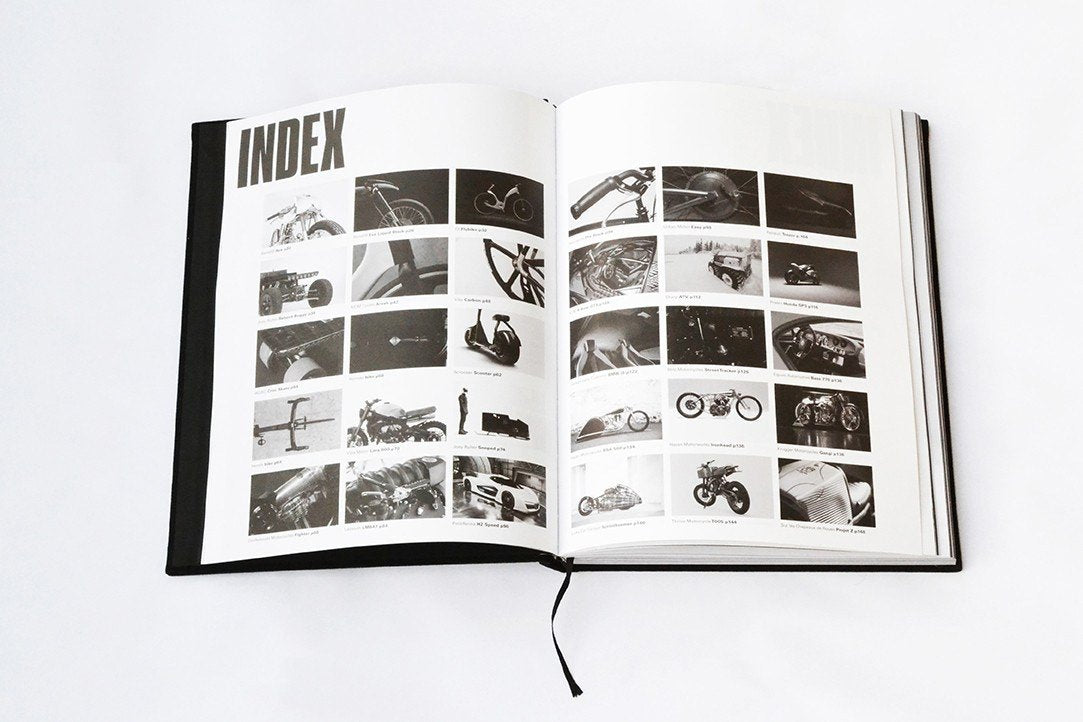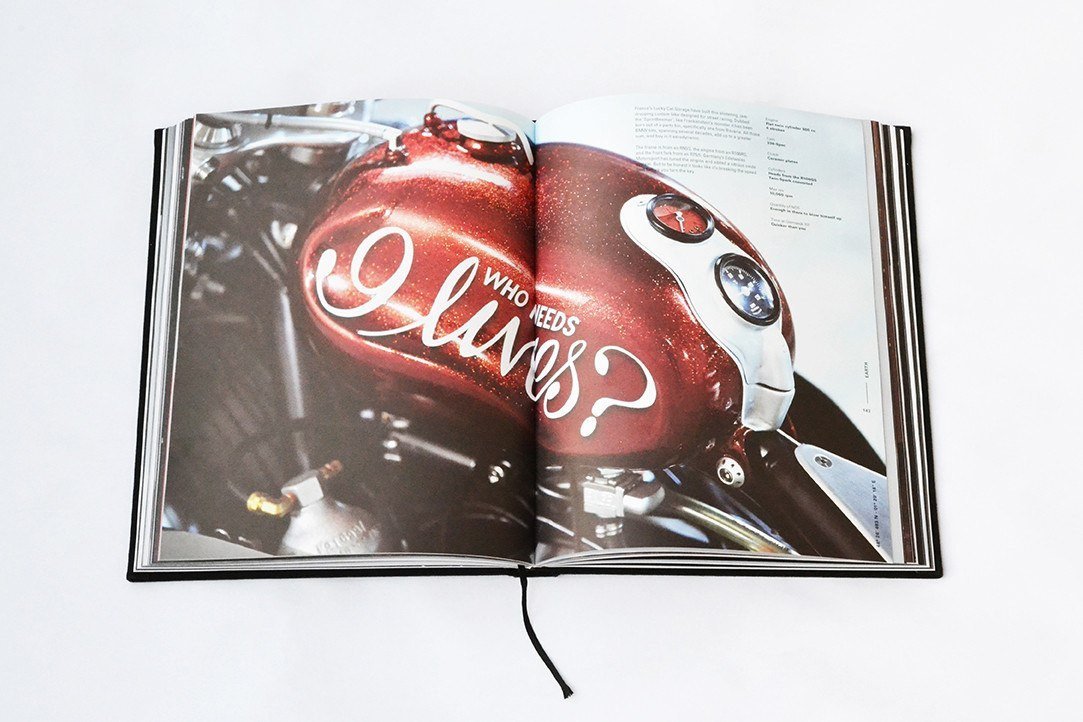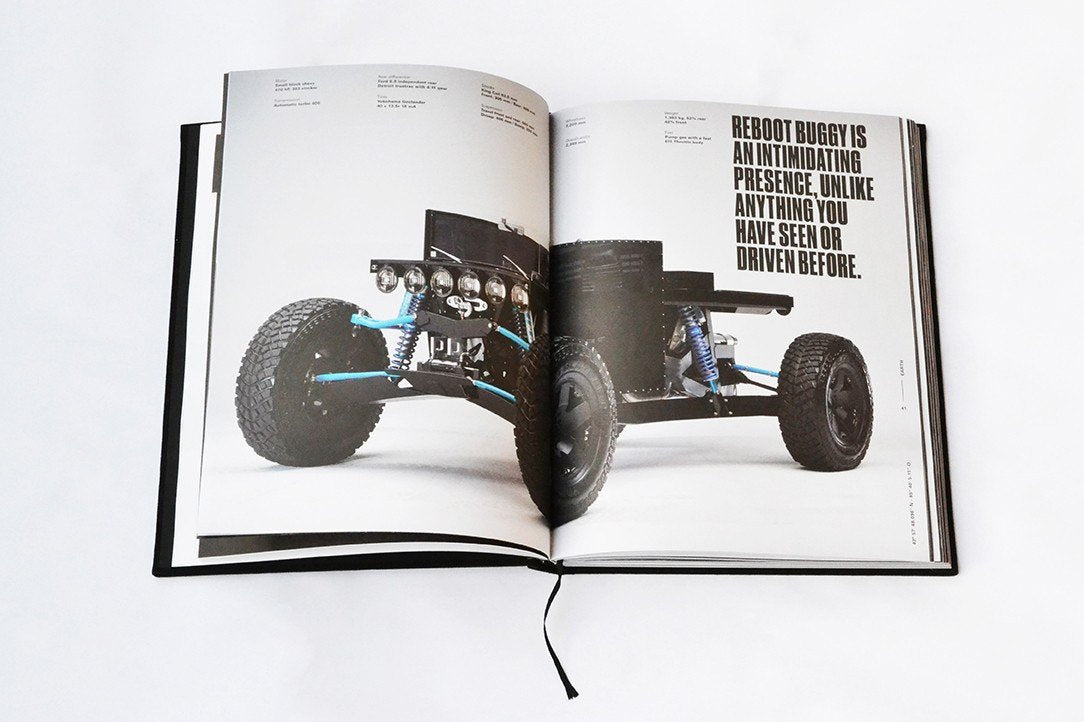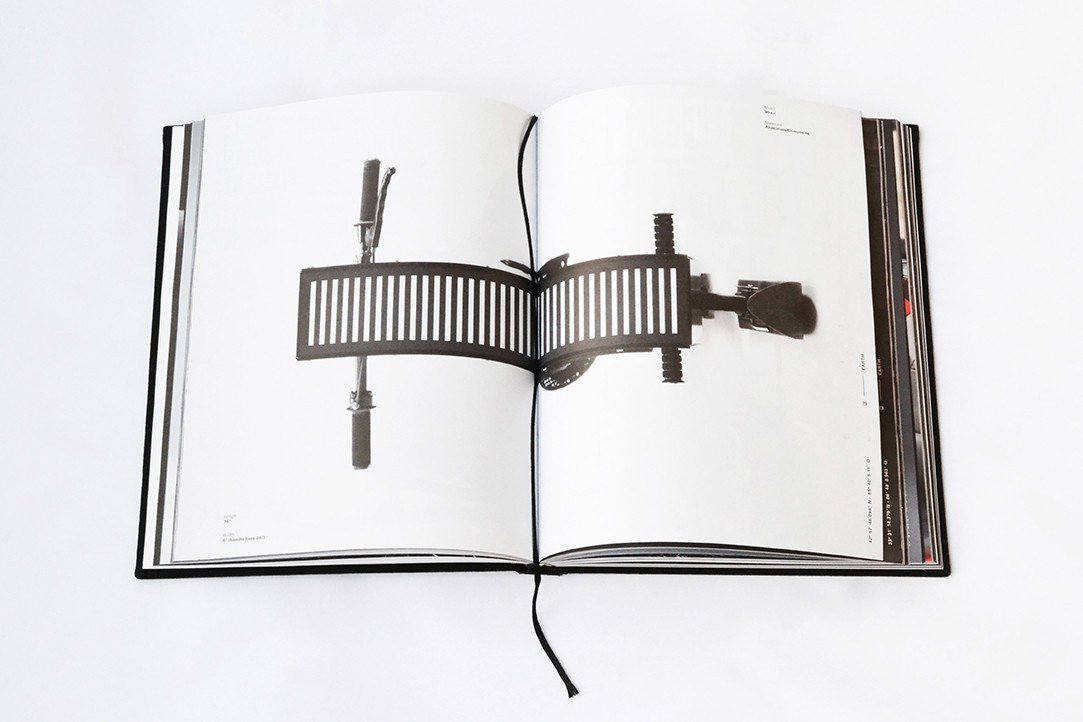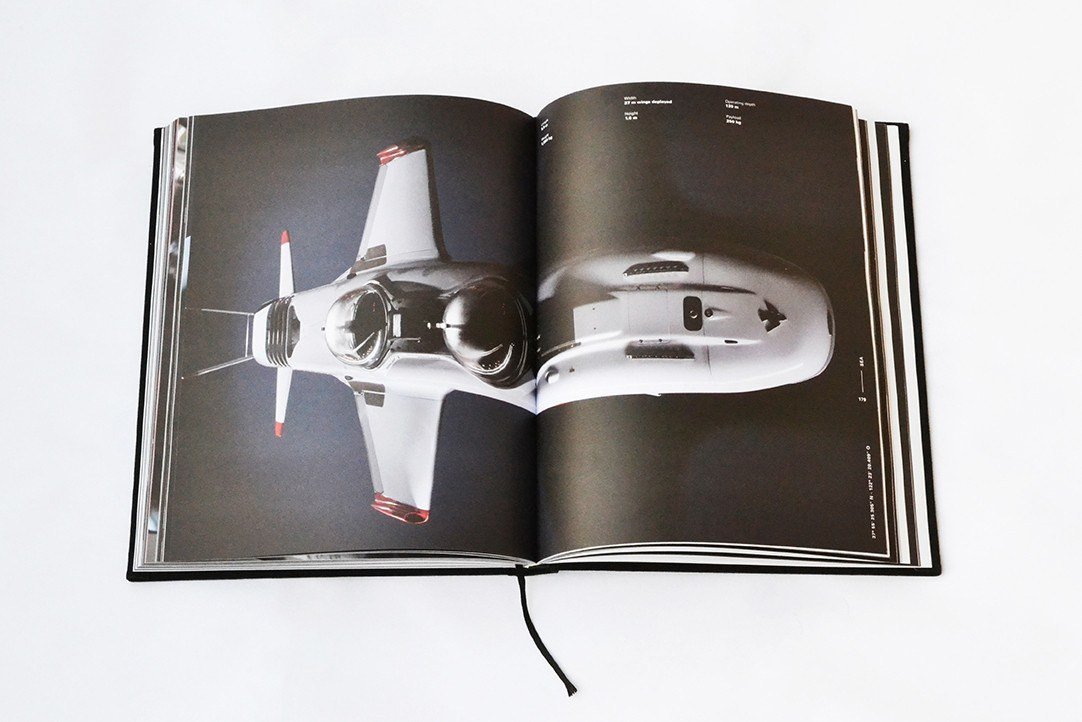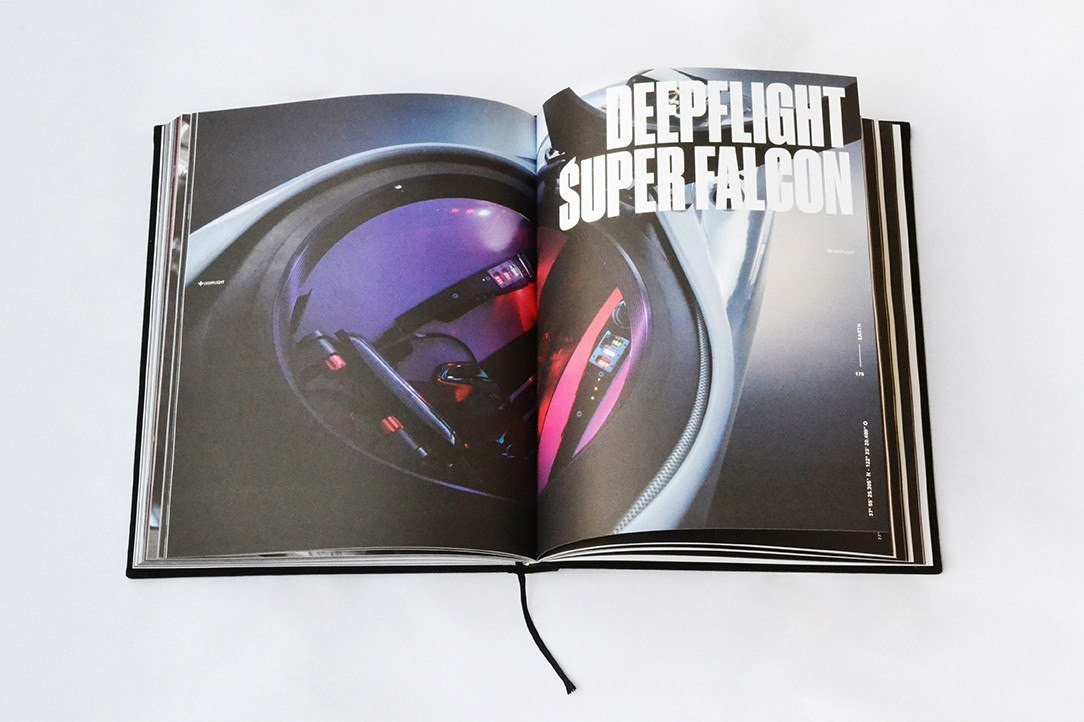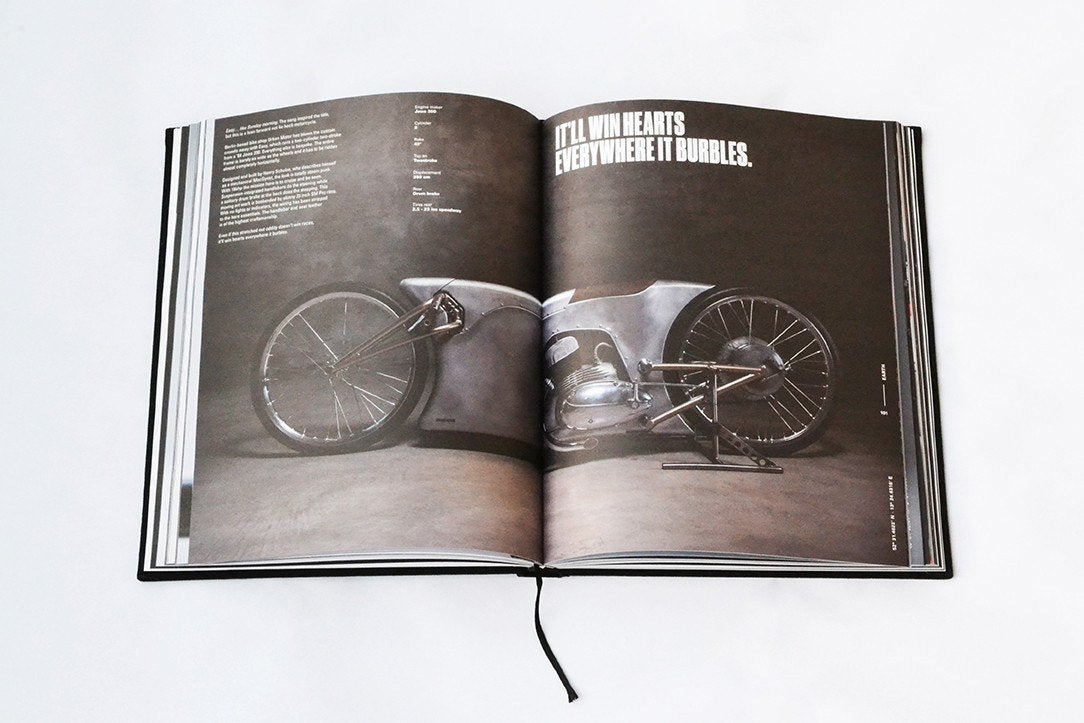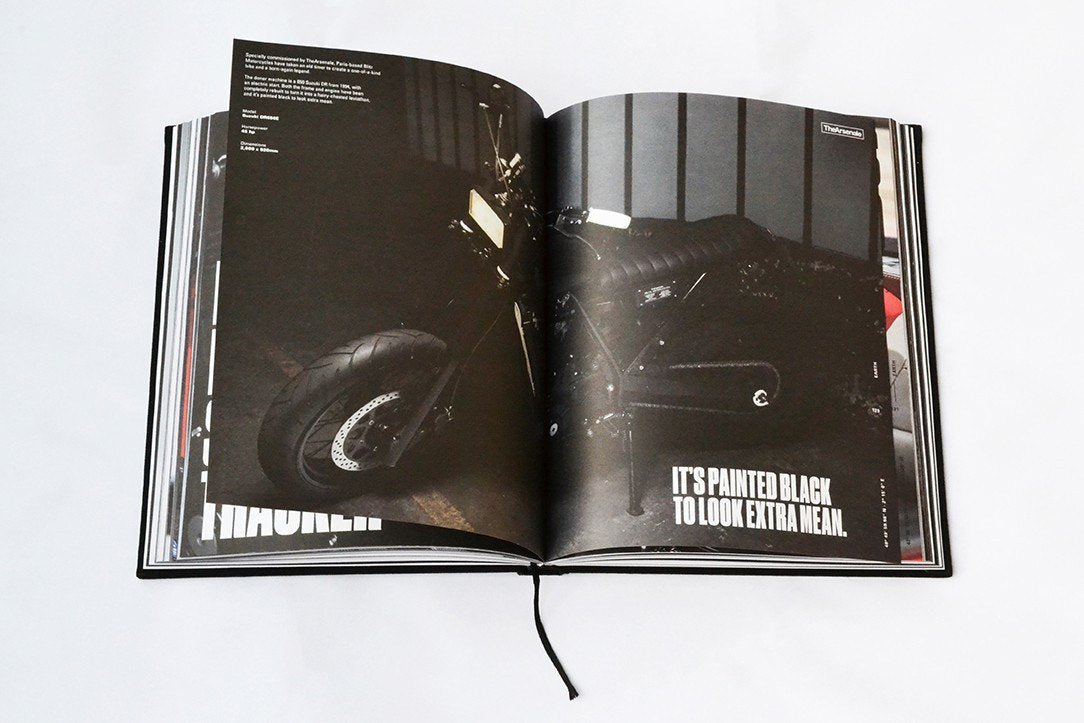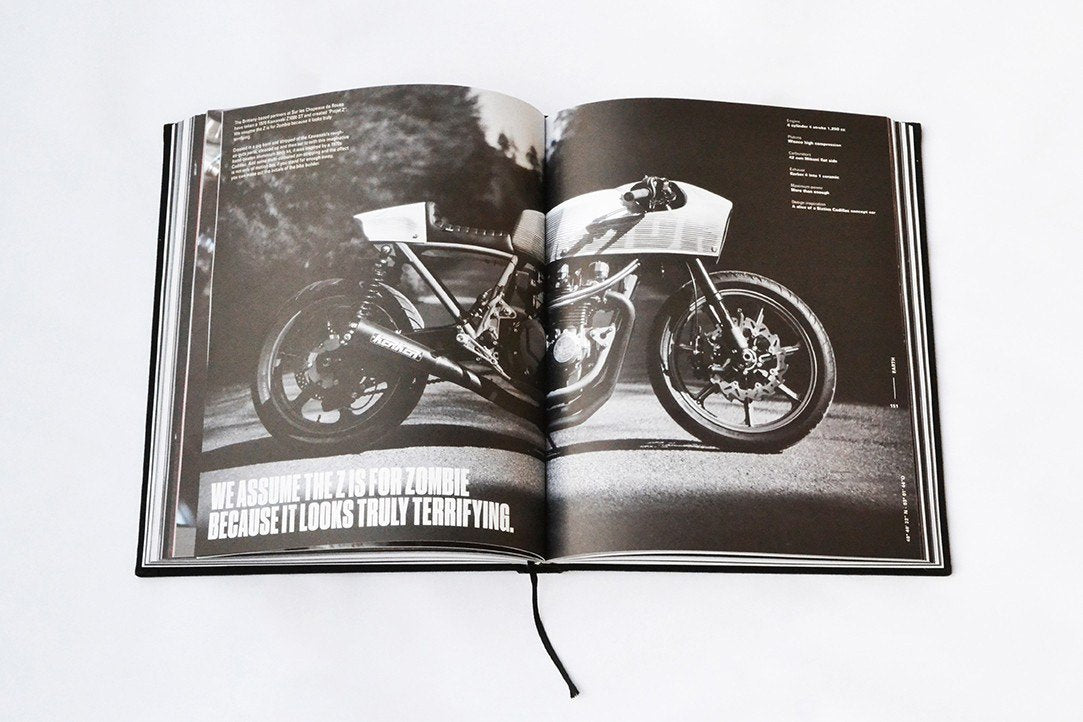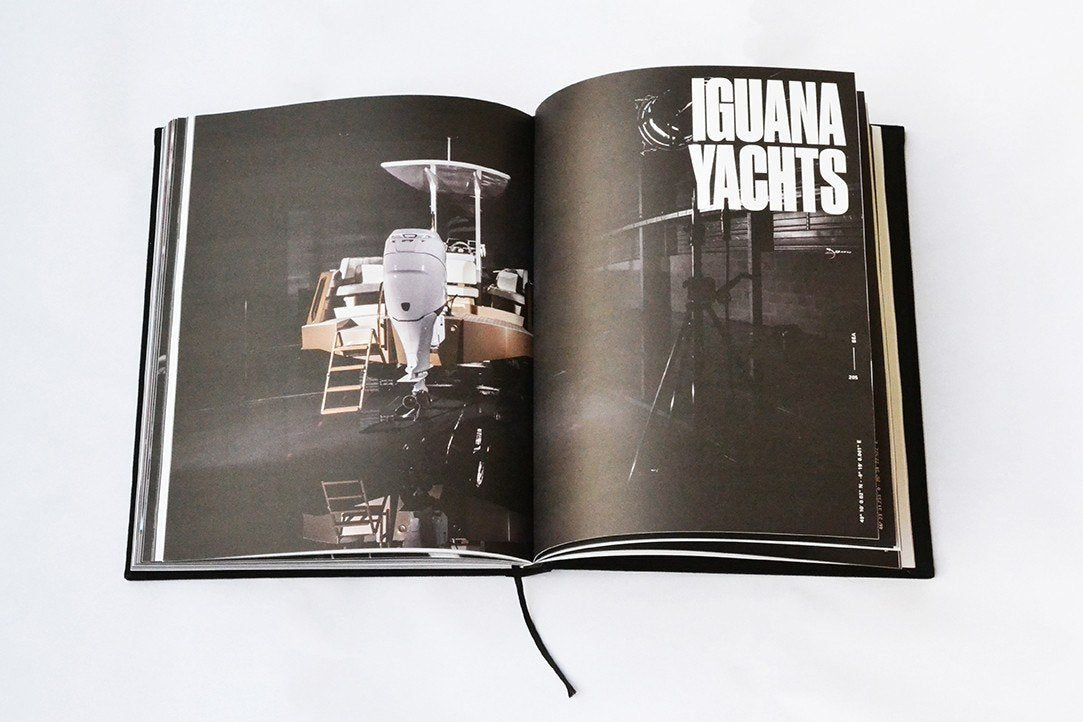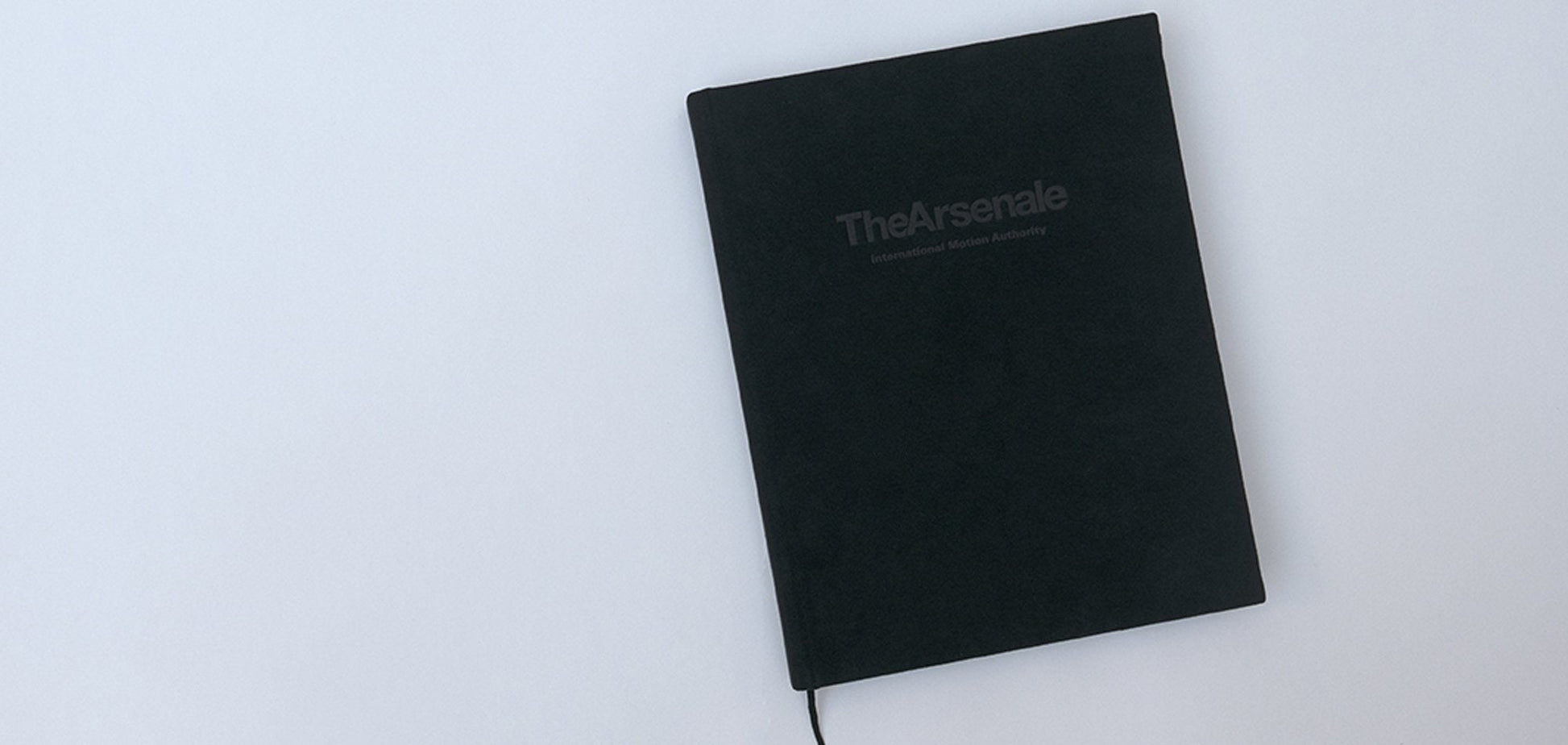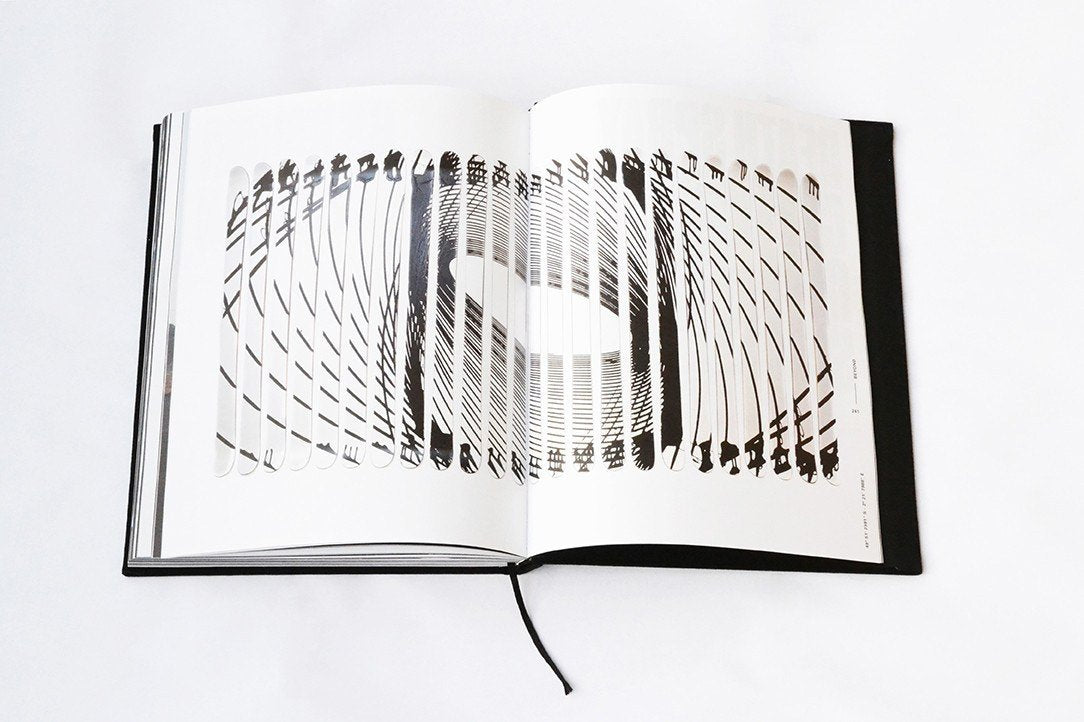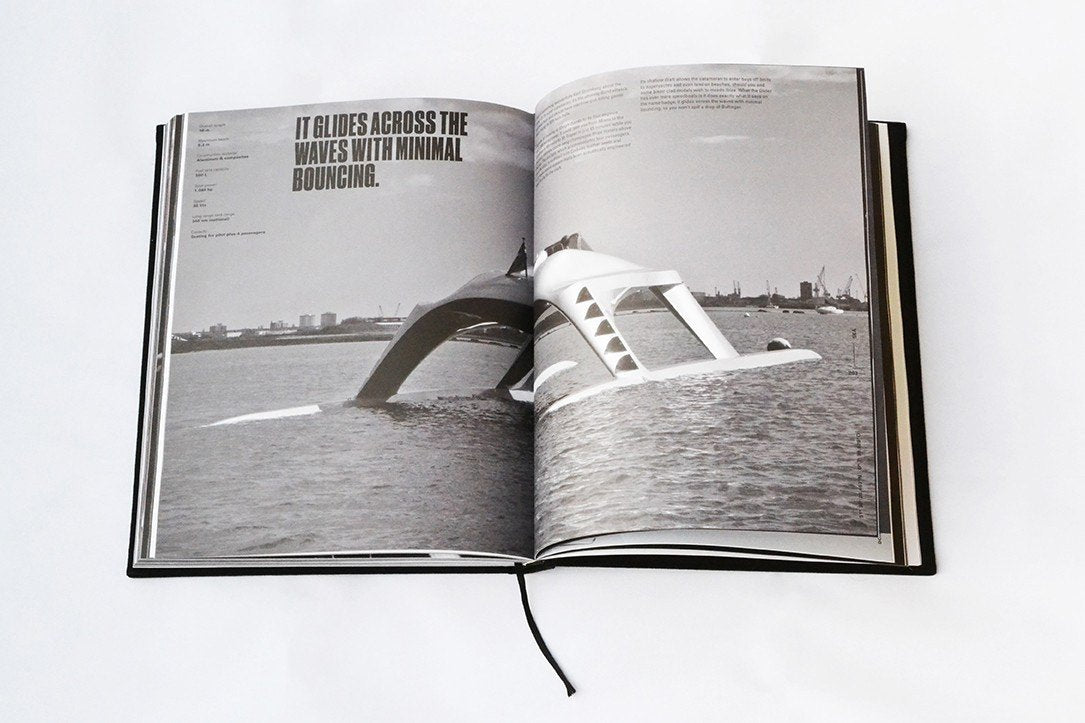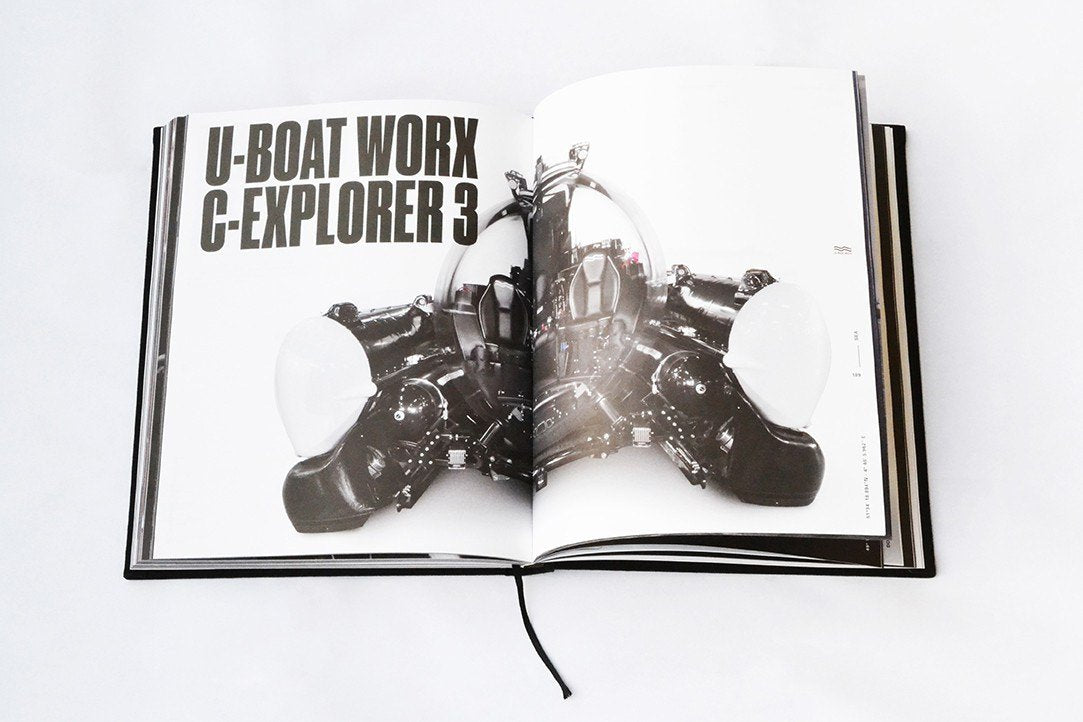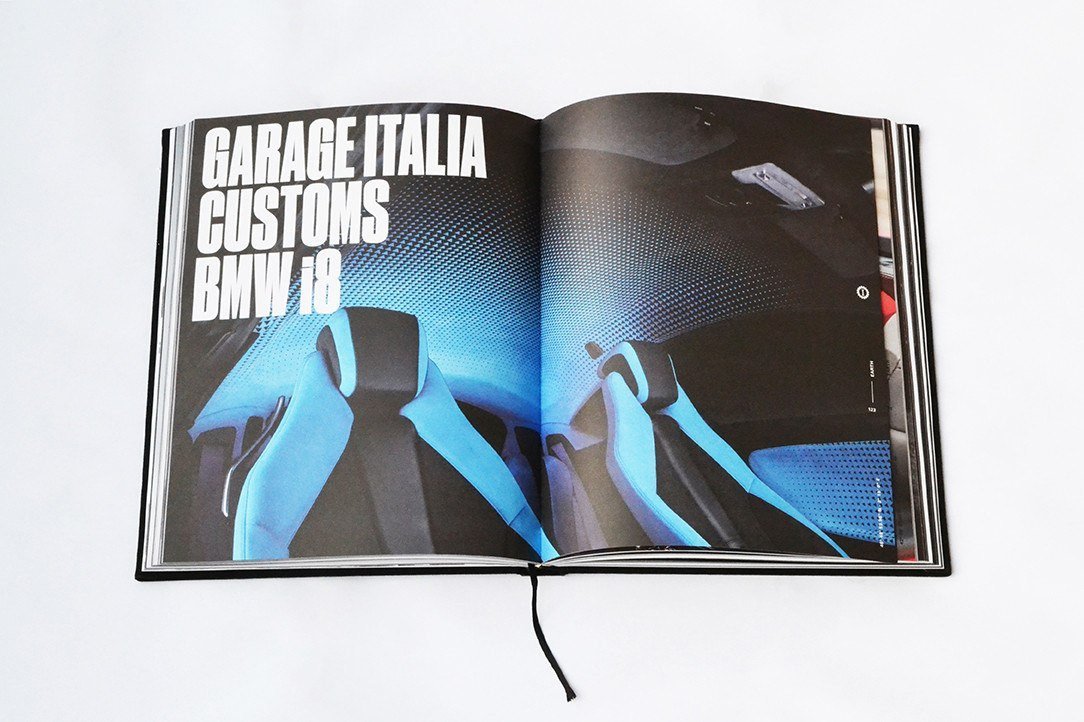Hyundai's ambition to elevate urban transportation took a significant leap forward with the reveal of the Supernal S-A2 electric air taxi at CES 2024. The electric air taxi concept, pioneered by the Korean carmaker's air mobility wing Supernal, has the industry abuzz with its innovative design and electric vertical takeoff and landing (eVTOL) technology. A considerable shift from its initial S-A1 model shown in 2020, the S-A2 aims for commercial flights by 2028, marking a notable advancement in Hyundai's aerial aspirations. The fully electric craft optimizes urban commutes with the promise of whisking passengers from busy city centers to outer airports in a matter of minutes, bypassing congestion on the ground.

The technology underpinning the S-A2 is as intriguing as the notion of air taxis themselves. Designed to accommodate four passengers and their luggage, plus a pilot, its V-tail and eight-rotor system facilitate both vertical lift-off and horizontal flight, transitioning smoothly between the two. This VTOL ability enables the S-A2 to use helipads, perfect for city environments. The electric nature of the air taxi means it's not only a potential game-changer for reducing inter-city travel time but also for lowering noise pollution – a critical factor in urban settings. Passengers can reportedly expect noise levels akin to those of a vacuum cleaner during takeoff, creating a more comfortable and quieter experience both inside the cabin and for those on the ground.

Hyundai's vision for the S-A2 extends beyond mere transport; it incorporates the idea of evolving with the advancements in technology. Thanks to its modular build, as battery innovations emerge, so too will the capabilities of the S-A2. Hyundai highlights its preparedness to mass-produce these eVTOLs by leveraging modular, cell-based manufacturing techniques at its HMGICS Singapore plant. With the first commercial flights slated to begin in 2028, Hyundai's S-A2 is steering the fantasy of electric air travel into a near, tangible future.

📷: HYUNDAI
